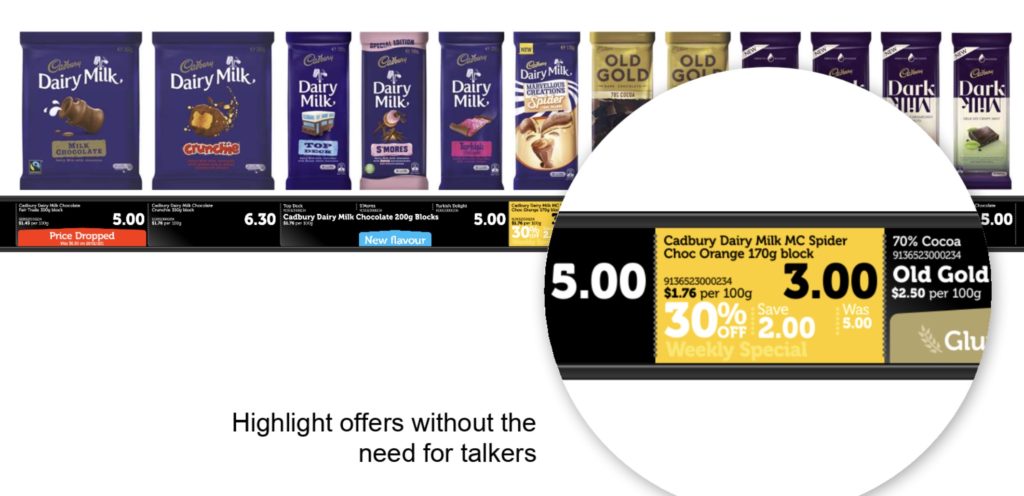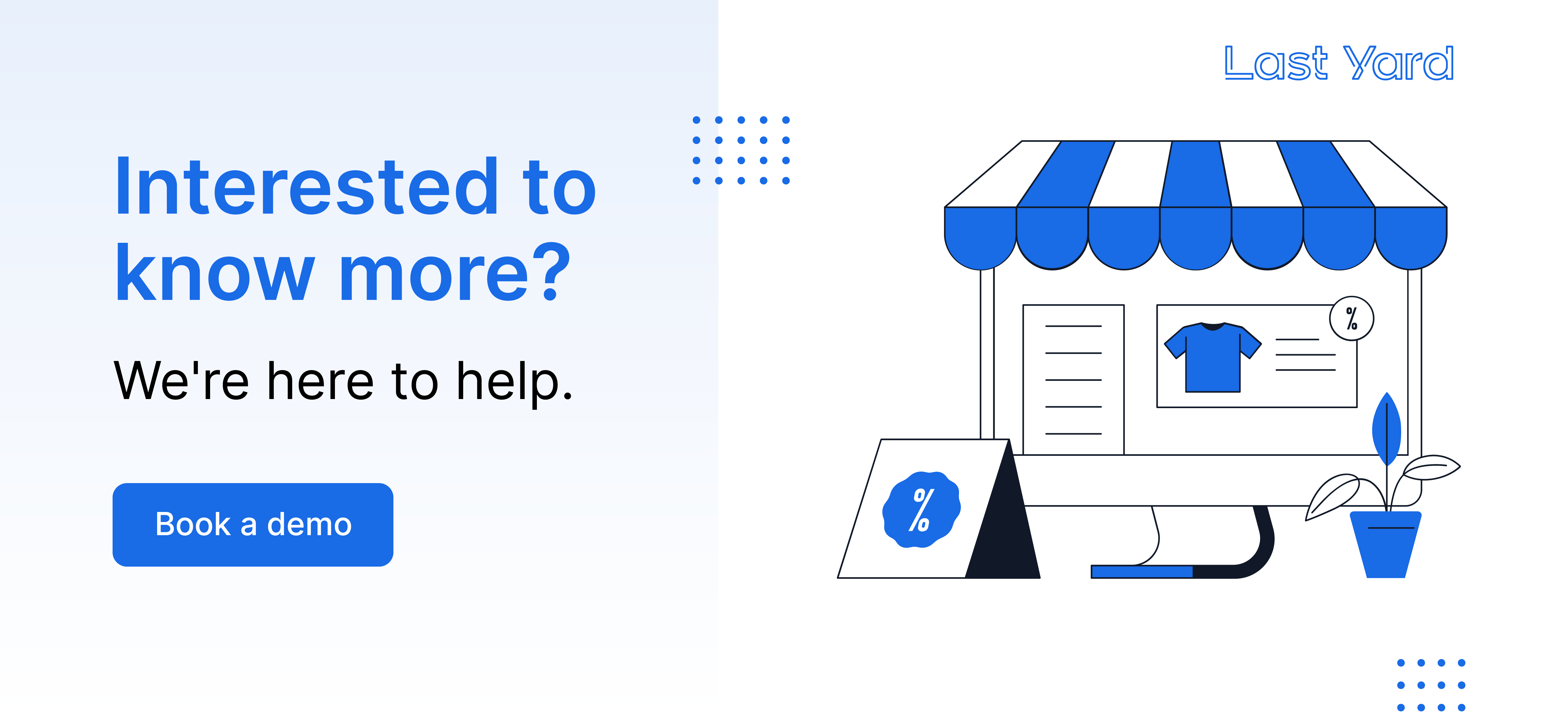Recently showcased by the partnership between US retailer Kroger and Microsoft, digital shelf edge imagery is now a reality. The digital shelf edge label (DSEL) is currently being trialled in two of Kroger’s stores: one in Ohio and the other in Washington.
A digital shelf edge allows retailers to change the design, message or price displayed on the shelf edge in a matter of minutes. Essentially, the shelf edge has become a small computer screen, where content can be altered as and when required. As well as static content, a digital shelf edge can also support video content and be programmed to provide interactive content.
With enormous potential, this innovation could be the next big thing to impact the shopper experience. We take a look at what this technology could offer retailers, as well as the changes it could bring to the customer experience.
Bringing retail marketing in line with online marketing
The ability to dynamically alter prices is one of the largest advantages of the digital shelf edge. Currently, prices are often set centrally and may only change once every few days. This means there is a time lag between purchasing behaviour and price changes.
Whereas e-commerce has the facility to allow pricing to be repeatedly tweaked (sometimes several times a day) to obtain optimal profit, until DSEL, the same responsiveness hasn’t been available in a real-life environment. Electronic shelf edge options change this relationship, enabling stores to alter prices with just a few clicks of the mouse, or programme automatic adjustment using sophisticated software. This advantage alone has the potential to revolutionise profit margins.
Retail merchandising at the point of sale
An electronic shelf label (ESL) is what the customer sees when they are at the point of decision-making. It represents an opportunity to influence purchasing “at the coalface”, allowing content to be put in place that could make all the difference to a sale. Whether you want customers to opt for one brand in preference to another, wish to encourage greater sales or would like customers to be aware of information relating to a particular product, digital shelf edge technology allows you to do this, quickly and easily.
Personalise the shopper experience
Until digital shelf edge technology emerged, stores lacked the ability to personalise retail experiences for individual shoppers effectively. A DSEL provides features like personalised store routes, tailored offers, and electronic coupons, enhancing convenience and engagement. This technology not only boosts brand loyalty but also drives up-selling, strengthens brand allegiance, and encourages increased spending.
Ditch the paper
Reducing paper use saves trees, lowers long-term costs with electrical systems, and cuts waste disposal expenses. With electronic shelf edge labelling, it removes the need for paper labels, coupons, promotional literature and product information. In the longer term, using an electrical system is cheaper and reduces waste disposal costs.
A more attractive display
Besides the clear commercial advantages of opting for a digital shelf edge, the reality is that they almost invariably look more appealing than a paper alternative. Over time, paper labels can become creased or ripped, to the detriment of in-store displays. In comparison, a digital shelf edge stays fresh and inviting almost indefinitely. It also saves labour costs: there is no need to manually replace price tickets or set up fresh displays as the seasons change or fresh products come on stream — simply re-programme the shelf edge and a new look is created.
Enhance synchronicity between portals
A seamless sales experience is always preferable: digital shelf edge technology bridges the disconnect between the digital world (for example online ordering, advertising or the use of a virtual shopping basket) and real life. With appropriate programming, customers can find the information they’ve left online in a suitable format in-store. Whether this relates to their shop, their preferences, their special offers or a loyalty scheme, digital shelf edge has the potential to ensure an immersive, fully synchronised shopping trip.
What’s next?
We hope you found these ideas useful. If you’d like to discuss how Last Yard can help implement digital shelf edge labels for your business, get in touch today. Book a discovery call for a quick 15-minute demo with real-world examples you can share with your team.


